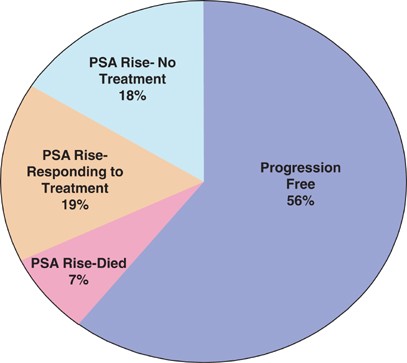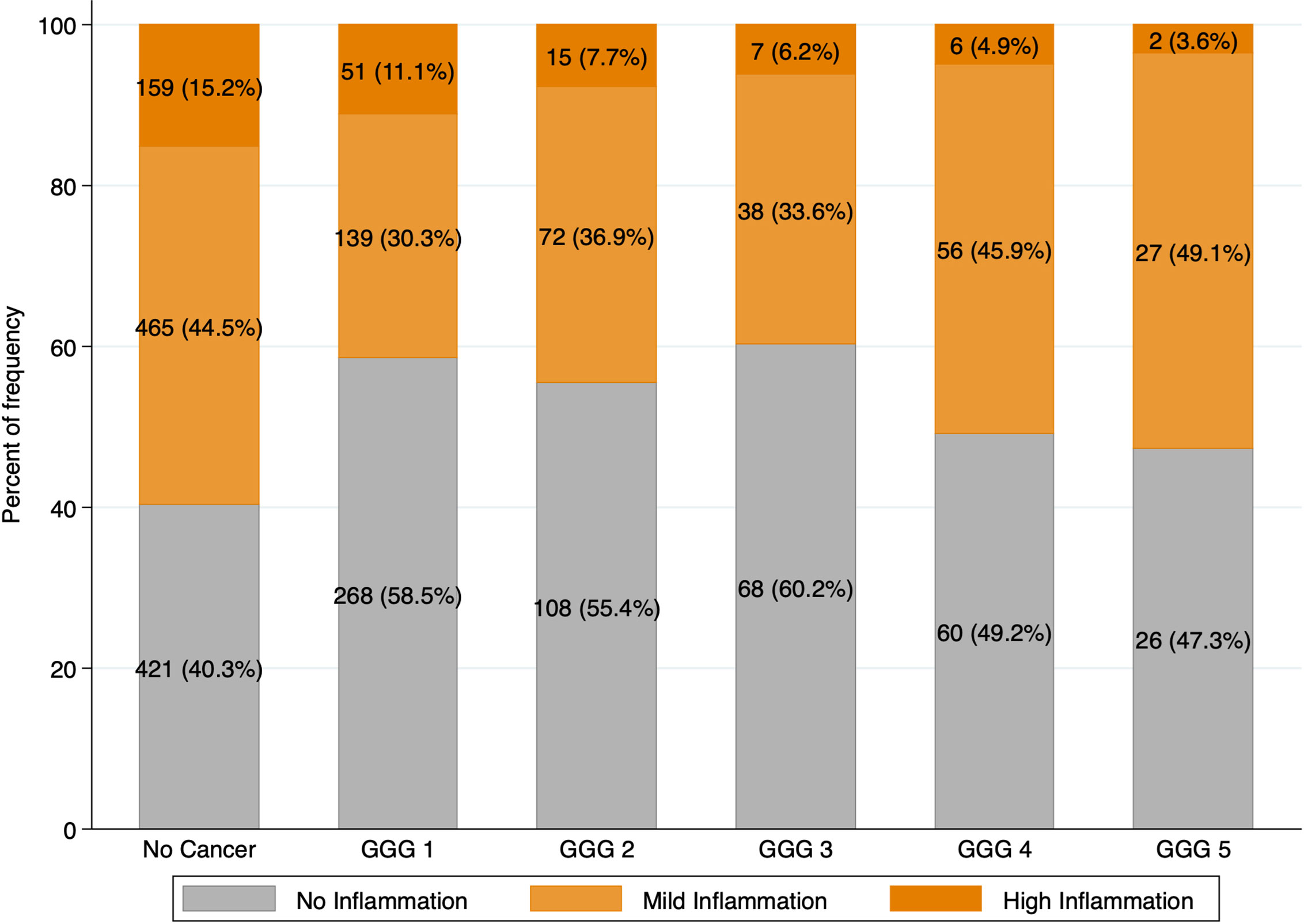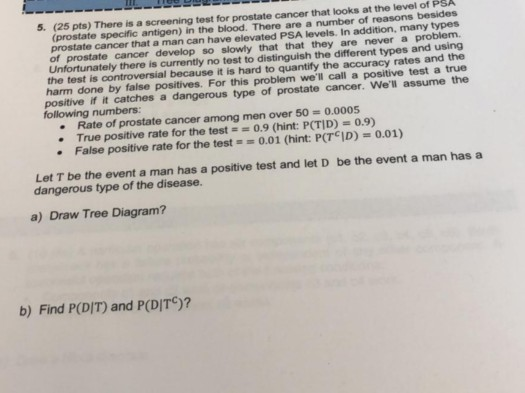
Nicholas Zaorsky, MD MS on Twitter: "What is the ideal management of biochemically (PSA) recurrent prostate cancer after prostatectomy? Here are case scenarios that place treatment strategies in perspective. This will be

Relationship between serum prostate-specific antigen and age in cadavers - Hajime Tsuboi, Daisuke Miyamori, Noboru Ishikawa, Hiroaki Ichioka, Hiroshi Ikegaya, 2020

23-314-120 - Mirka - Psa Discs & Disc Rolls - 5in. dia, 120 Grit Adhesive PSA Disc - Aluminum Oxide - 5in. x 5in. x 0.01in. - Gold

Long-term outcome of detectable PSA levels after radical prostatectomy | Prostate Cancer and Prostatic Diseases

Prostate-specific antigen (PSA) testing of men in UK general practice: a 10-year longitudinal cohort study | BMJ Open
Biochemical recurrence after radical prostatectomy according to nadir prostate specific antigen value | PLOS ONE
Biochemical recurrence after radical prostatectomy according to nadir prostate specific antigen value | PLOS ONE

Detectable Prostate-Specific Antigen Nadir During Androgen-Deprivation Therapy Predicts Adverse Prostate Cancer–Specific Outcomes: Results from the SEARCH Database - European Urology

Frontiers | PSA Density Help to Identify Patients With Elevated PSA Due to Prostate Cancer Rather Than Intraprostatic Inflammation: A Prospective Single Center Study

PSA Detection with Femtomolar Sensitivity and a Broad Dynamic Range Using SERS Nanoprobes and an Area-Scanning Method | ACS Sensors






